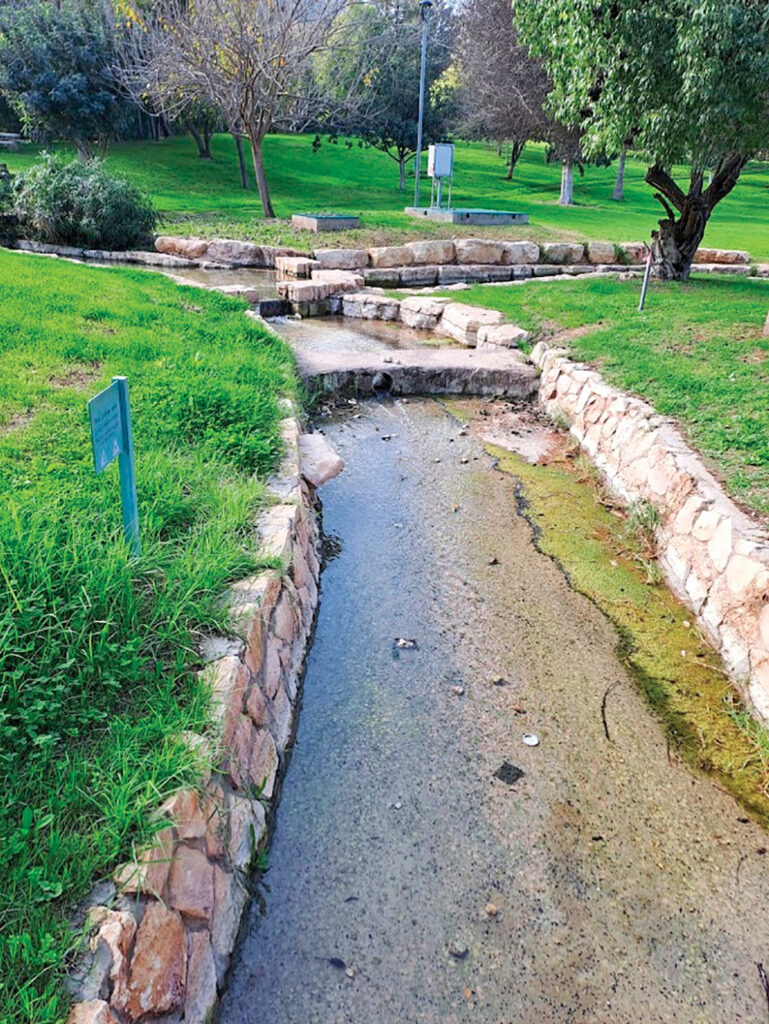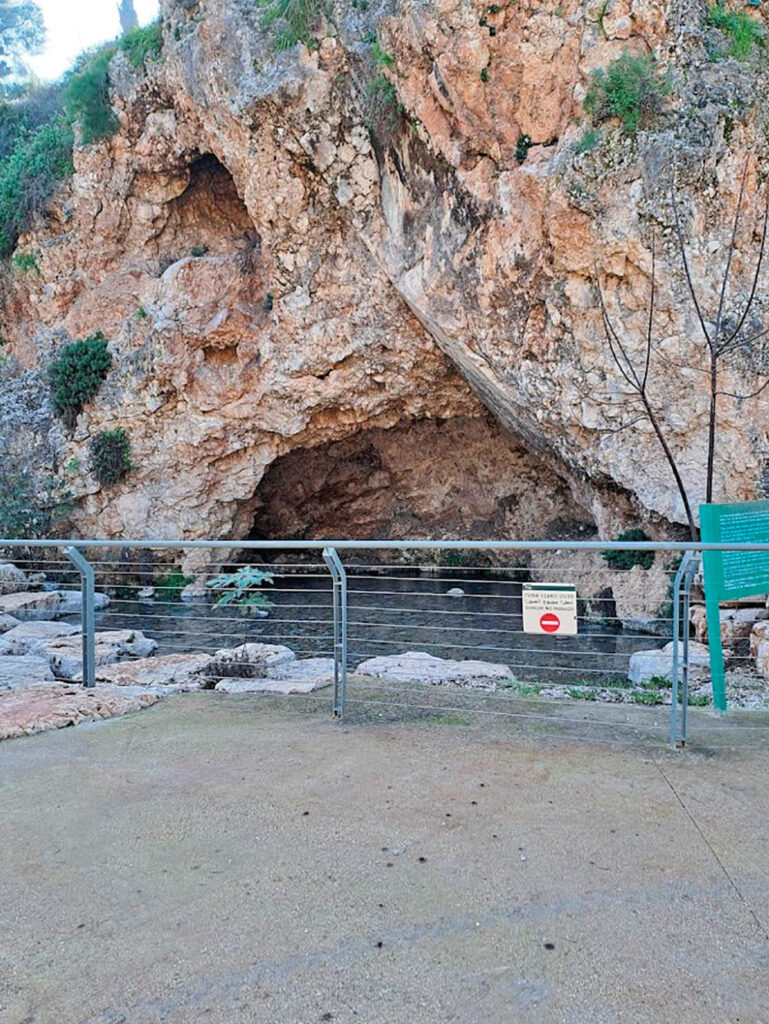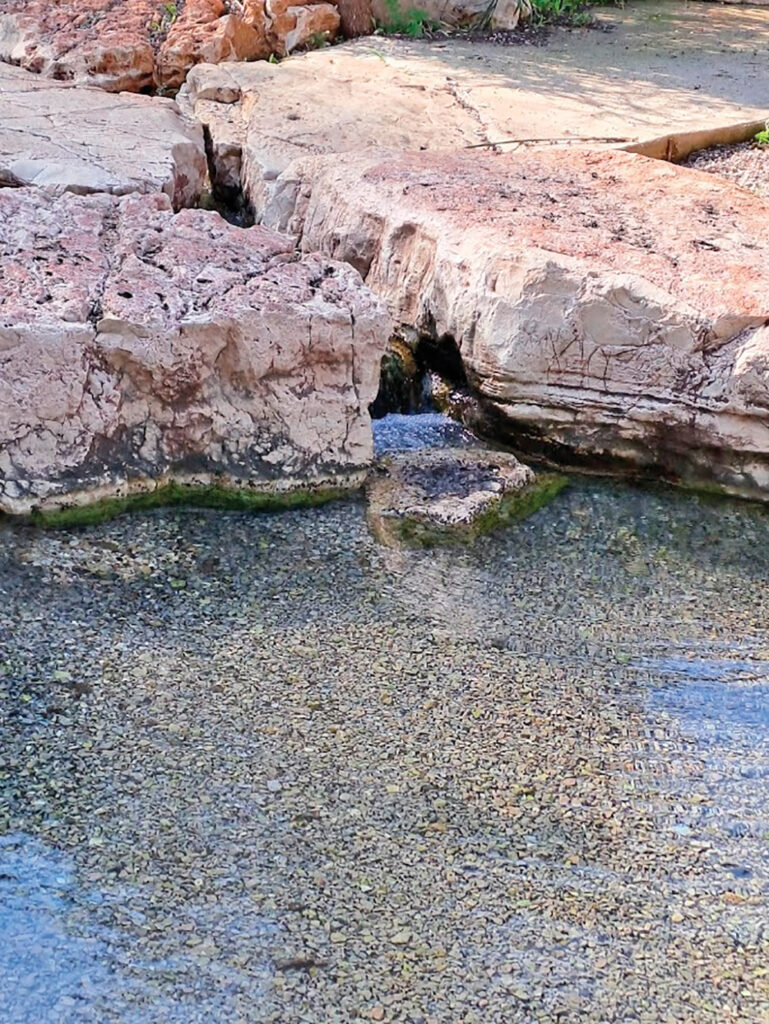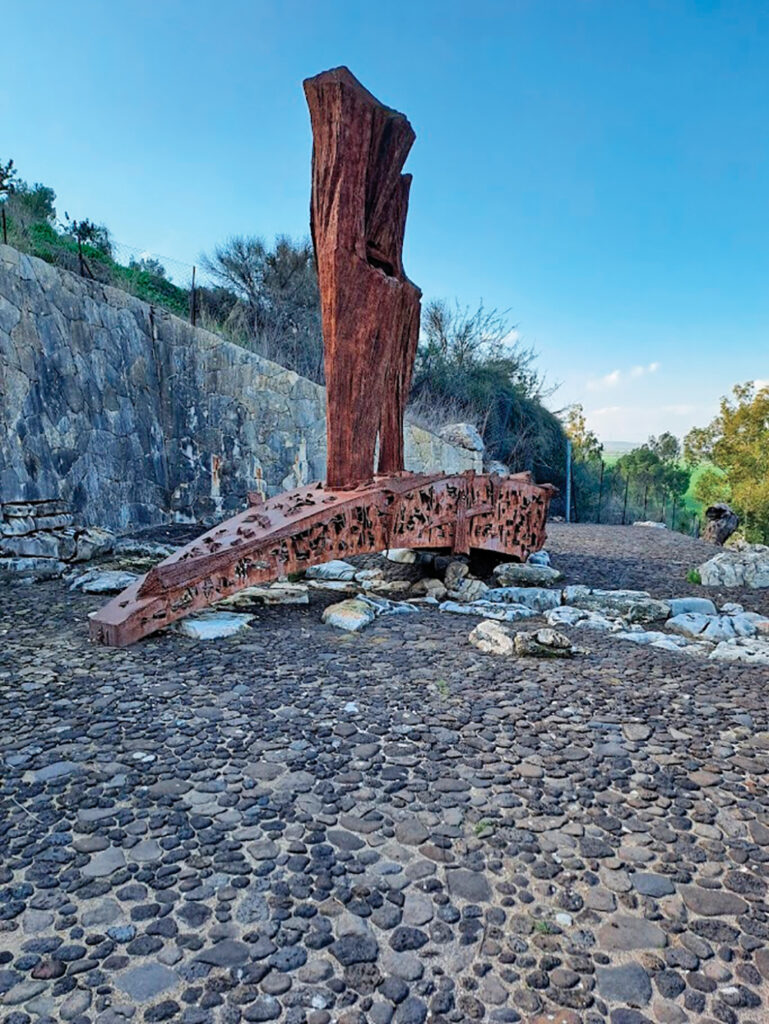
(Some of the information for this article was taken from material produced by the Israel Nature and Parks Authority.)
How do we decide who is a true warrior? Whom should we choose to go to battle against our enemies?
Let’s go back to the 12th century BCE. The Jewish people, led by Gidon the Shofeit, are preparing for war against Midian. They encamp at Ein Charod. It is there that God speaks to Gidon and tells him that his army is too large for God to give the people of Midian into their hands. With such a large army, the Jewish people might become haughty enough to say that they defeated Midian due to their own might. God tells Gidon to tell the 32,000 soldiers that whoever is afraid should leave. Twenty-two thousand soldiers leave, but God says that even the 10,000 soldiers remaining are too many. God instructs Gidon to take the soldiers down to the water. It is there that God will purge the soldiers and decide who is truly worthy of fighting in battle.
God then instructs Gidon to pay attention to how each soldier drinks from the spring. Those who bend down and kneel to drink water should be sent home. Rashi explains that this position indicated a familiarity with kneeling in idol worship. (Rashi Shoftim 7:5). Only those who lapped the water with their hands to their mouths would be worthy of serving in Gidon’s army.

This process cut out another 9,700 soldiers. It was with only 300 worthy soldiers that God helped the Jewish people defeat the army of Midian. (Shoftim 7).
At the foot of the Gilboa mountain range lies a beautiful national park known as Ma’ayan Charod. The main attraction of the park is the Charod spring, which can be seen coming out of a cave. The waters of this spring are delicious and sweet. This is quite likely the site of Gidon’s “test” of his soldiers, described in the book of Shoftim.
In addition to the spring, the park has beautifully landscaped grounds with a swimming pool and playground for kids. It’s a gorgeous place to walk around and make a picnic lunch. There is also the option to arrange overnight camping at the site.
The site of Ma’ayan Charod also has historical significance in more modern times. It was here that the battle of Ayn Jalut took place and the Mamluke Sultan prevented the Mongols from invading in 1260 CE.

In the 1920s, this was part of the land purchased by Yehoshua Henkin as part of “redeeming” lands from Arabs. He and his wife decided to build a house here, on top of the cave. Although his wife Olga passed away before they were able to move in, the house has been preserved and converted into a museum.
In 1921, Kibbutz Ein Charod was established on the lands purchased by Henkin. It was there that pioneers worked to drain the swamps and herald the return of the Jewish people to their ancient homeland.
Near the Henkin Museum is a memorial to the soldiers from the Jezreel Valley who fell in battle defending the State of Israel.
A visit to the idyllic national park of Ein Charod is chock full of history. It speaks about the battles of our people, from the time of Gidon and in the modern State of Israel. May we soon merit to see God’s salvation from our enemies in our times.

Hava Preil is an enthusiastic licensed Israeli tour guide. She grew up on the Upper West Side of Manhattan and holds an MA in Judaic studies. Hava has developed and taught accredited courses in Tanach and Jewish Ethics for Naaleh/Woodmont College and Cybersem. She currently lives in Givat Ze’ev, Israel, with her family. Hava can be reached at IL:054-844-1579, USA: 845-391-0438 or at Havapreil@gmail.com. Visit her new website, Home—Hava Preil Tours, havapreiltours.com. Hava is currently offering virtual tours of various sites in Israel—a perfect activity for your school, synagogue, or youth group.









